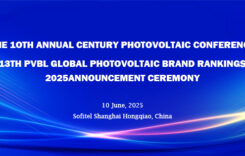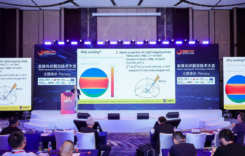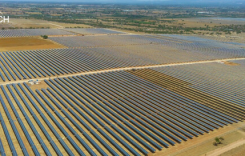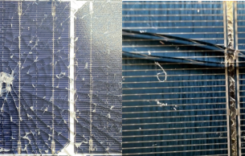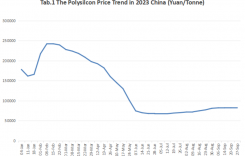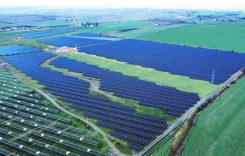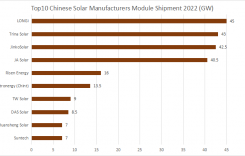PVTIME – Mercedes-Benz debuted its Vision Iconic concept car at Shanghai Fashion Week, drawing widespread attention not just for its design, but also for its revolutionary solar coating, which reimagines how cars use energy. Industry experts describe the car as a mobile solar cell, noting that it represents a significant shift by combining the body structure with electricity generation for the first time, transforming cars from mere energy consumers into potential on-the-go power stations.
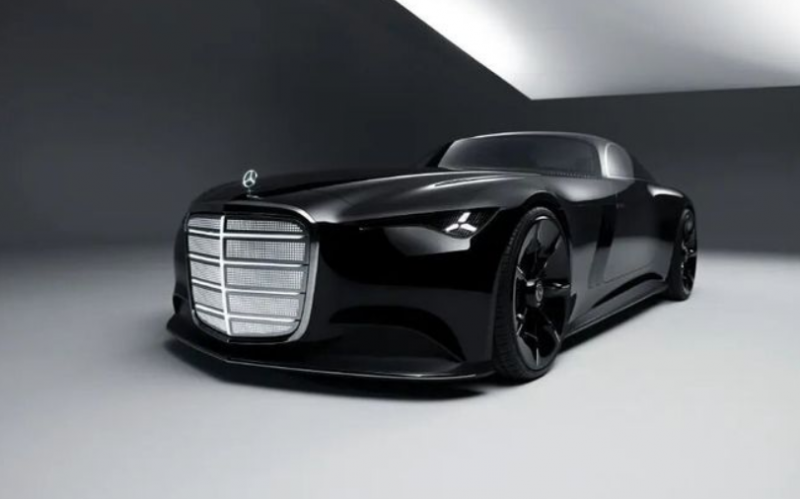
The Vision Iconic’s key innovation is its ultra-thin solar coating, which is just 5 microns thick yet delivers 20% photoelectric conversion efficiency. Its specialised formula allows 94% of sunlight to pass through, enabling drivers to choose custom body colours without compromising the coating’s power output. Based on a typical SUV’s 11-square-metre body surface, the coating can generate enough electricity for 12,000 km of driving annually under Stuttgart’s average sunlight conditions. In sunnier locations such as Beijing, this figure rises to 20,000 km. Importantly, this technology avoids the use of traditional silicon and rare earth elements, thereby reshaping the supply chain logic of the photovoltaic industry.
This design marks a clear departure from the traditional approach of solar cars, which rely on bulky external photovoltaic panels. The Vision Iconic integrates photovoltaic modules directly into its core body materials, seamlessly incorporating energy collection into the vehicle’s design. Combined with neuromorphic computing, which reduces data processing energy use by 90%, and a steer-by-wire system, the car strikes a balance between function and aesthetics. The financial benefits are equally compelling: for a driver covering 20,000 km per year, the solar coating could save 4,000 kWh of electricity annually, equating to around 2,000 yuan in reduced charging costs. It also reduces dependence on charging stations and transforms idle vehicles into potential energy sources rather than merely parked assets.
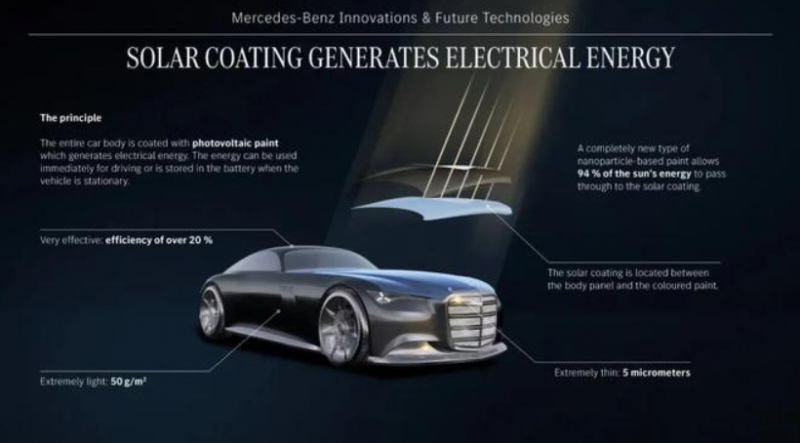
The launch coincides with solar coating technology emerging as a prominent frontier in new energy. China’s National Intellectual Property Administration has confirmed that multiple solar coating patents are currently under consideration. Valued for their low cost and high adaptability, these technologies are evolving from auxiliary photovoltaic module materials to standalone power generators. By unveiling the car at Fashion Week instead of at a traditional auto show, Mercedes is sending a clear message that new energy technology does not need to be purely utilitarian; it can be integrated with fashion to change the way consumers perceive cars in their daily lives.
However, commercialising the Vision Iconic’s technology will pose significant challenges. Key questions remain, including whether the coating can withstand daily wear and tear, whether repair costs will remain manageable, and how stable its power generation will be in extreme weather conditions such as intense heat or heavy snow. Mercedes’ engineering team will need to address these issues further.
Industry experts highlight that the technology aligns with two global priorities: diversifying the development of new energy vehicles and strengthening supply chain security. If mass production becomes feasible, it could create a whole new industrial sector for solar-powered cars. As costs fall and the technology matures, the vision of every car acting as a micro power plant could soon become a reality, offering a new approach to the global energy transition.

Scan the QR code to follow PVTIME official account on Wechat for latest news on PV+ES


